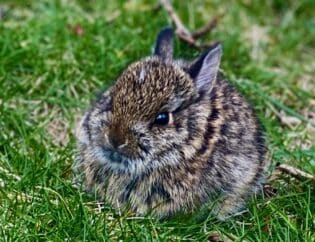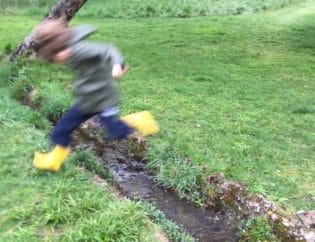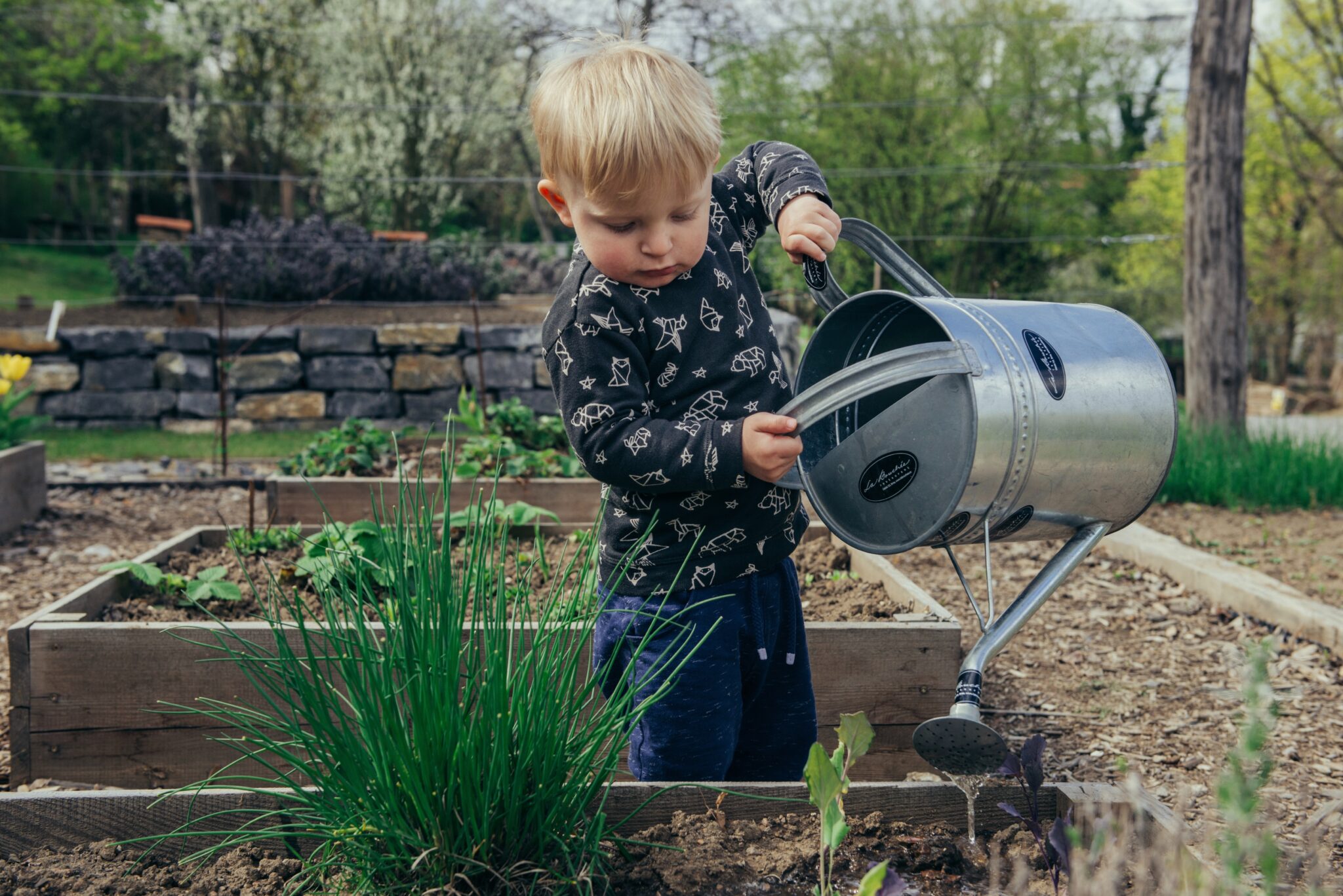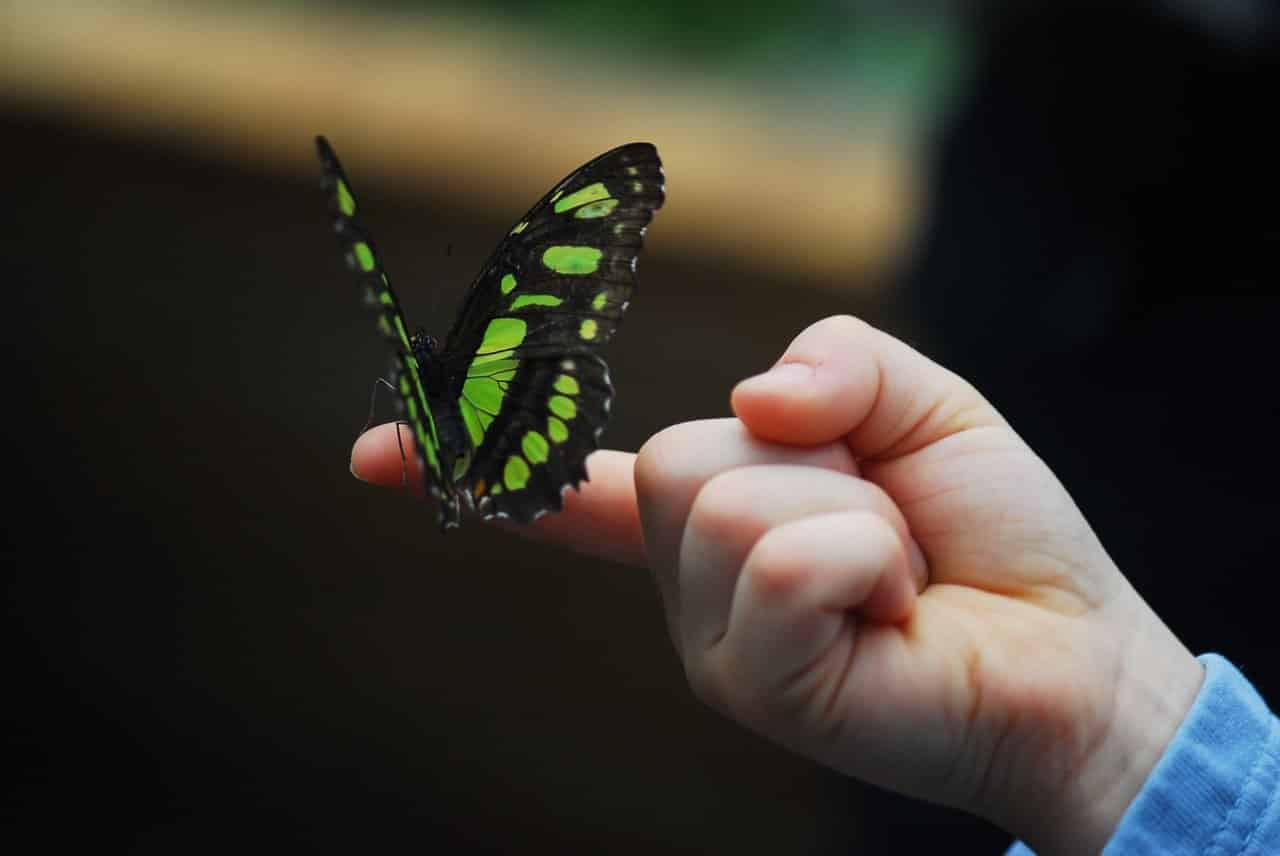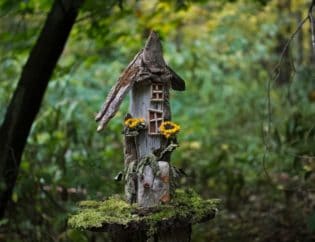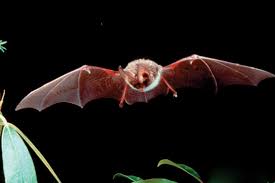
How amazing is it to spot bats in your garden with your kids? Imagine those warm summer evenings, looking into the sky and seeing these fascinating creatures swoop about. While we understand that our gardens are an essential ecosystem for birds to access the food, water, and shelter they require, we have yet to appreciate how much bats rely on this.
A post from guest author Anna Sharples
The good news is that a bat-friendly space is a sign of a healthy environment. Therefore, if you attract bats to your garden, you have a great place for humans. Here are some fun ways you and your kids can turn your garden into a haven for bats.

Build a pond and go wild
Bats are likely to visit a garden with a source of food and water. Therefore, you need to create the perfect ecosystem to attract these creatures. Building a pond is a brilliant project to do with the kids, and when it is in place, it is a source of great wonder, as it’s not only bats that you will attract. Make sure there are shallow edges for creatures to perch to drink from the water and to keep it slightly wild so lots of insects will enjoy this space too.
Keeping a wild area is another way to ensure there are insects for your bat to eat. Planting a wild meadow is another fun way to interest the kids in the garden and keep your bat friends happy.
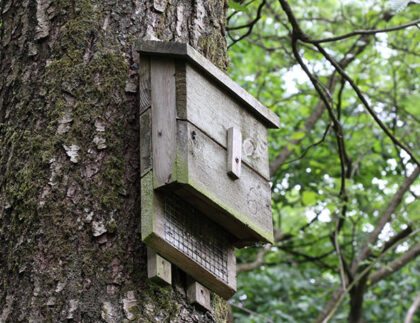
Build a bat box
Building a bat box is a brilliant family activity. You don’t need too much skill and to spend too much money to create the perfect shelter for bats. Get some untreated and rough timber, nails, and brackets, and you have all the materials. You will need a hammer, saw, tape measure, and pencil. Cut your timber so that there are three boards of different lengths. One could be 19in or 48cm long, one 14in 36cm, and the last 9.5 in or 24cm. You will need risers to fit between these boards, as the bat will hand between these different sections.
Remember that bats should never be harmed or disturbed. In the UK it is illegal to disturb bats. In the U.S., bats are protected under the Endangered Species Act of 1973. So, do not open the bat box to have a look or take the box down.
Attach your bat box to a high wall, sheltered from the wind and rain, as much as possible. Do not place it on a tree; make sure it is a warm enough spot that they will feel cozy. Most importantly, put it well away from artificial lighting.

Plant night-scented flowers
Bats, like bees, are pollinators. They happily fly from flower to flower and spread the goodness that pollinates our plants. Therefore, bats will be attracted to gardens with night-scented flowers. Sussex Wildlife Trust shares these ideas for bat-attracting plants:
- Plants with petals that form narrow tubes, such as honeysuckle, provide food for long-tongued insects like moths and butterflies
- Open, daisy-like flowers with many florets provide nectar to short-tongued insects including flies
- Pale blue and white colored flowers are easier to see in low light so will attract night-flying insects
- Don’t forget the landing platform. Wide blooms, like those in the carrot family, allow many insects to gather together at once
- Native plants tend to support far more species of insect than hybrids or exotics
Planting night-scented flowers will help attract night-flying insects, which offer food to hungry bats.
Hesperis matronis is a sweet rocket with smaller, more delicate violet flowers. The biennial is available in pink and white and will self-seed around your garden, so you will need to keep it in check.
Wisterias are the flowers with the most potent scent at night and will grow over a pergola, making the height offered by the frame perfect for bats.
Keep cats indoors at night
Finally, bats will be wary of predators. The most likely reason a bat is hurt or killed, a cat is the biggest threat to our night visitors. While a cat won’t eat the bat, even a tiny amount of cat saliva in a bat’s bloodstream will result in a deadly internal infection. Therefore, if you have a cat that roams at night, they are unlikely to see your garden as a haven. It is a good idea to keep your cats in at night when you hope they will visit.
There is no better way to teach children about wildlife and creating a healthy ecosystem than creating a bat-friendly garden. Not only will you show them how to provide for all an animal needs, but you will also help them build compassion for all living things.
Anna Sharples is the marketing and office manager for Sloane & Sons Garden Benches – a premium supplier of high-quality teak benches and other outdoor furniture. Read more about attra cting bats to your garden here.


